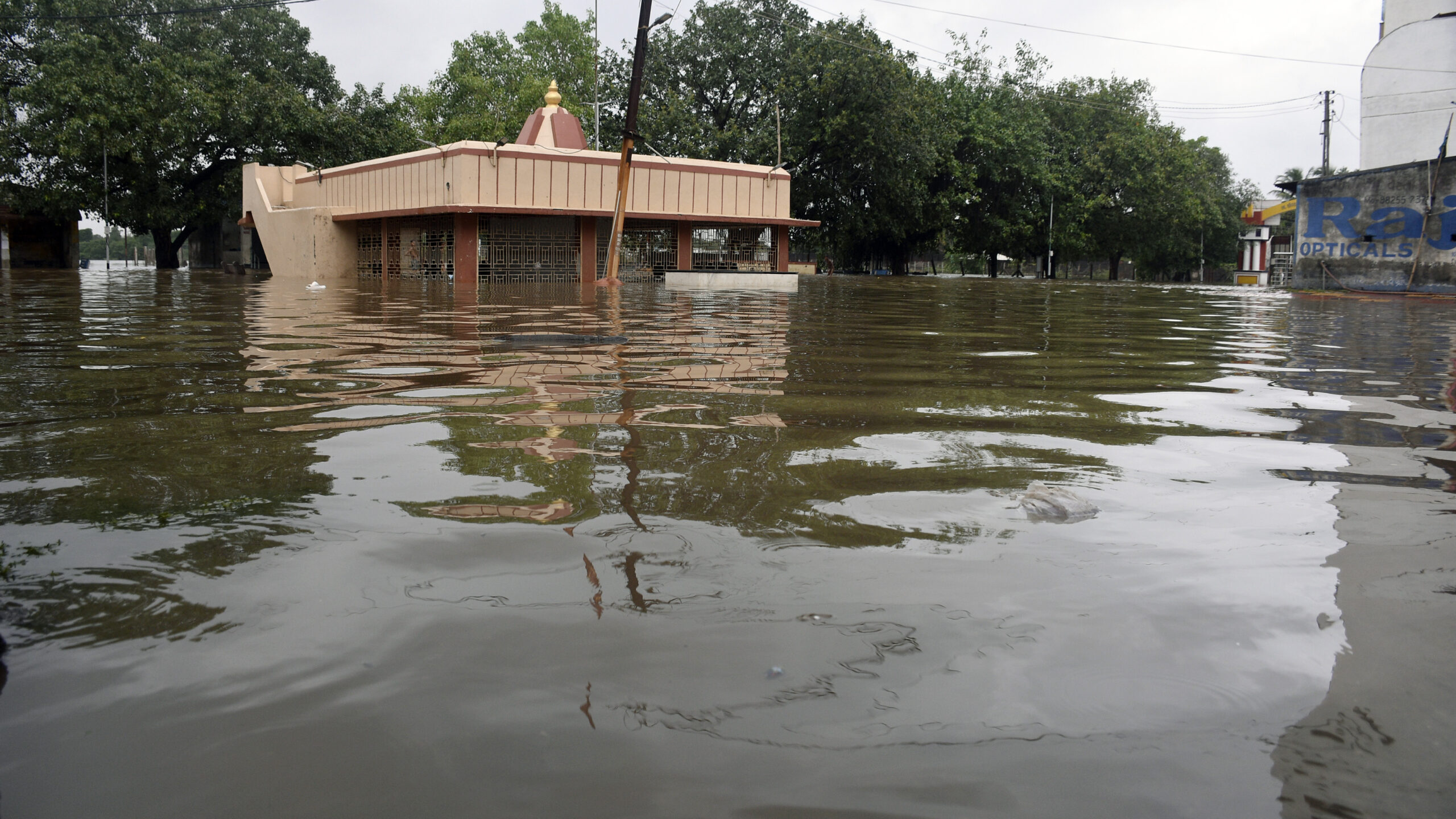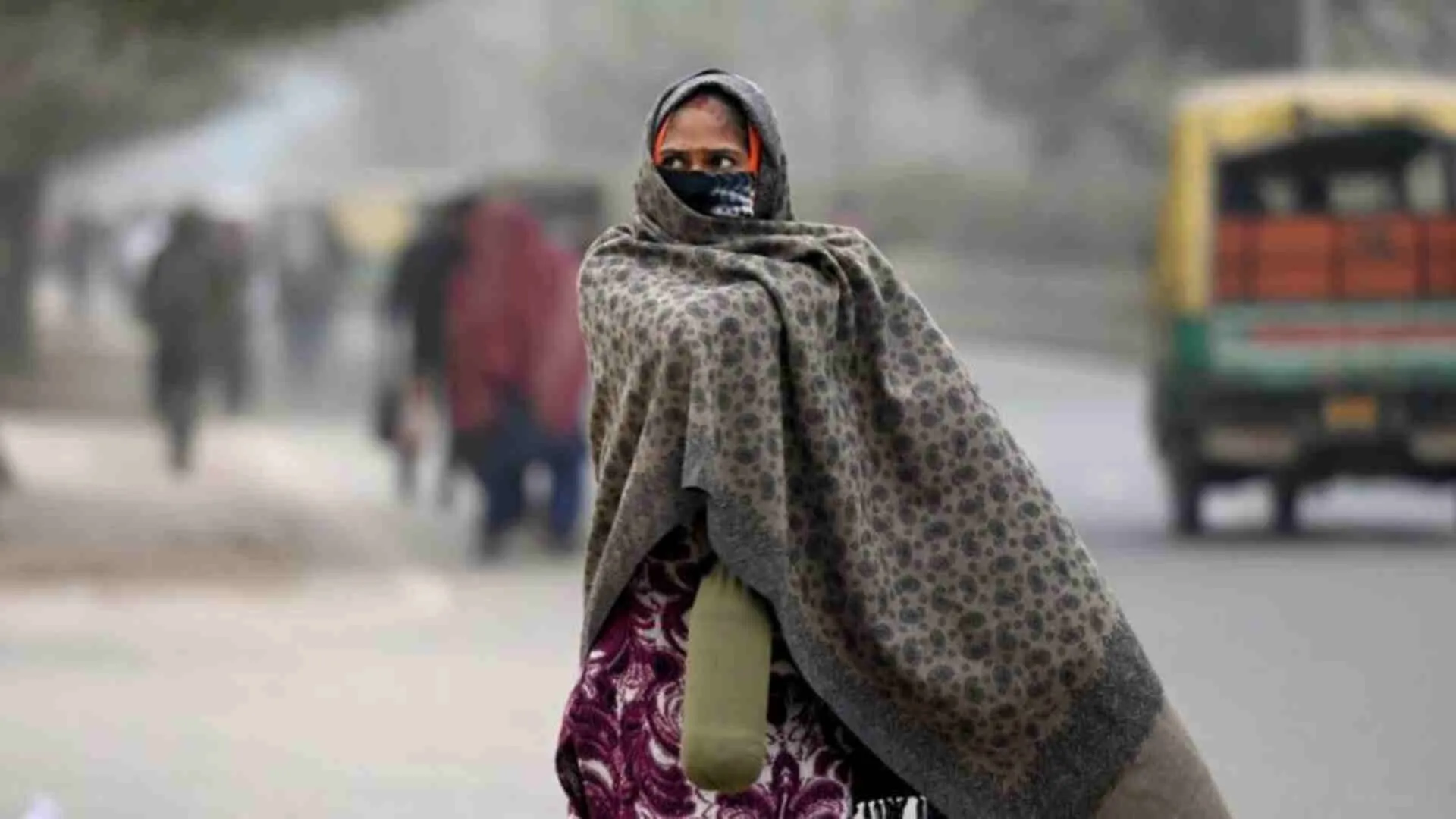As India faces its annual monsoon season, numerous regions across the country are experiencing heavy rains, leading to varying degrees of disruption and damage, while also positively impacting water reserves.
In the northern region, a significant landslide, triggered by relentless downpours, blocked the Baltal route of the Amarnath Yatra track, suspending the pilgrimage. Fortunately, no casualties were reported thanks to the prior suspension of the yatra due to inclement weather. The yatra will resume once conditions improve. Meanwhile, the rains have increased the water stock in seven reservoirs supplying water to Mumbai, with the reserves recording 18.76% useful water stock, a rise from the 10.88% registered on June 30.
In Maharashtra’s Marathwada region, despite isolated rainfall across all eight districts, the region still faces an overall deficit. Rajasthan’s meteorological department predicts continuous rains in most parts of the state over the next few days, with a high possibility of heavy rains at some locations. These forecasts were preceded by substantial rains in several parts of the state, including districts like Karauli, Banswara, Bharatpur, Dungarpur, and Jaipur.
Devastation due to heavy rainfall was reported in Himachal Pradesh, where the collapse of a gurdwara’s roof in Sirmaur district led to one death and two injuries. The state also experienced widespread road closures and estimated losses of Rs 320 crores since June 24. A village in Uttarakhand’s Darma Valley was cut off from surrounding areas after a vital trolley transport system was swept away, leaving over 100 inhabitants stranded. A swift resolution is crucial to prevent further inconveniences or potential risks to life.
In Karnataka’s Dakshina Kannada district, a landslip caused by heavy rains led to the unfortunate death of a woman when her house collapsed. Elsewhere in Kerala, the intensity of the monsoon has disrupted daily life, prompting school closures in several districts and displacement of thousands of people, even as the intensity of the monsoon slightly reduced. The state disaster management authority is working actively to increase the number of relief camps to support the displaced population.
Overall, while the monsoons have caused considerable distress in several regions, the potential benefits of replenished water stocks should not be overlooked. Local governments and disaster management agencies continue to monitor the situation closely, providing support and relief measures to those affected.

















